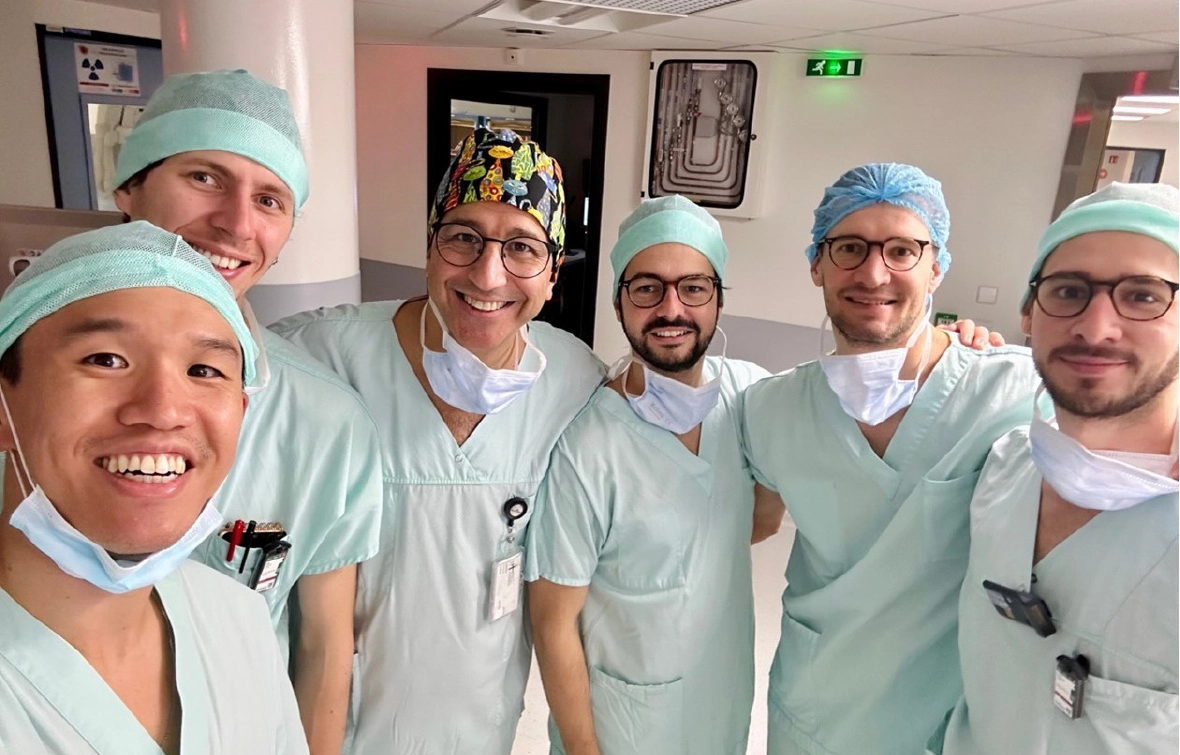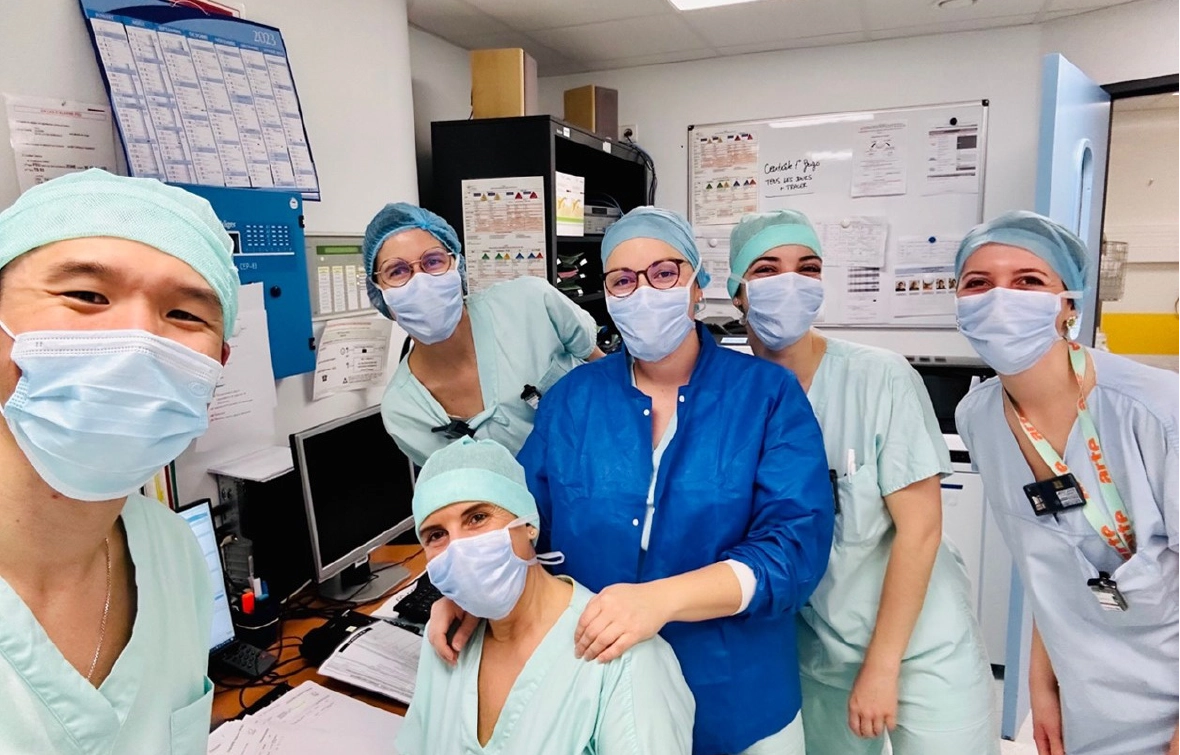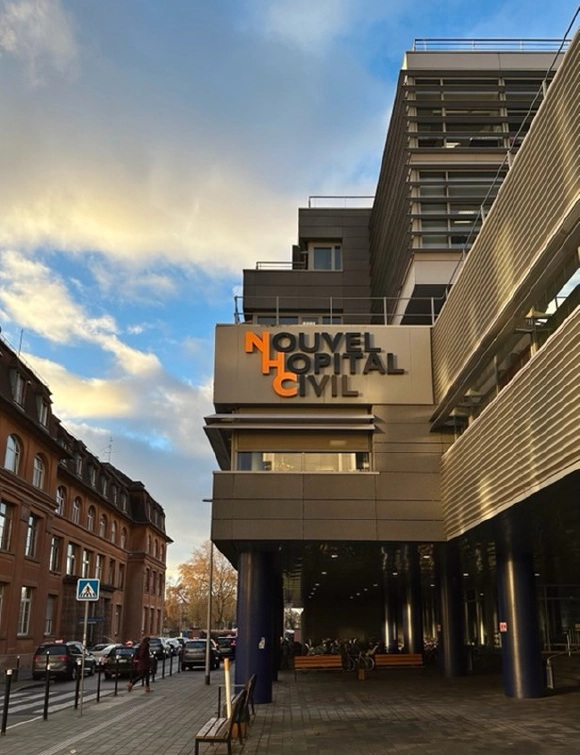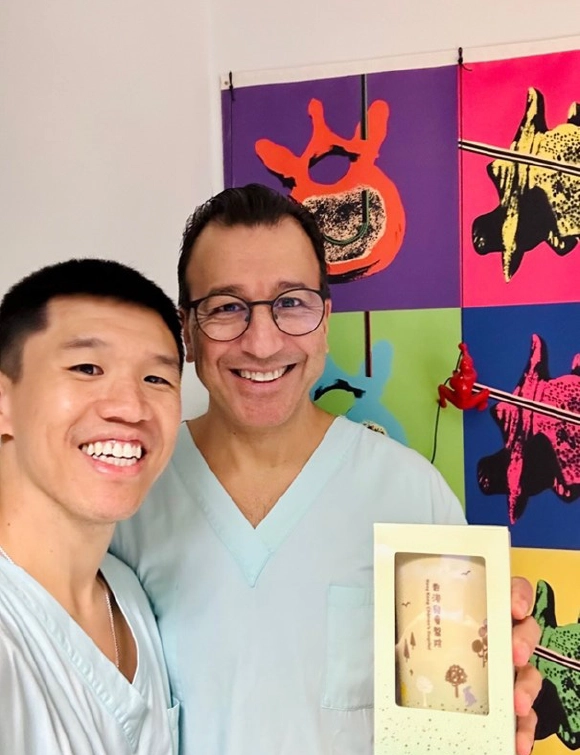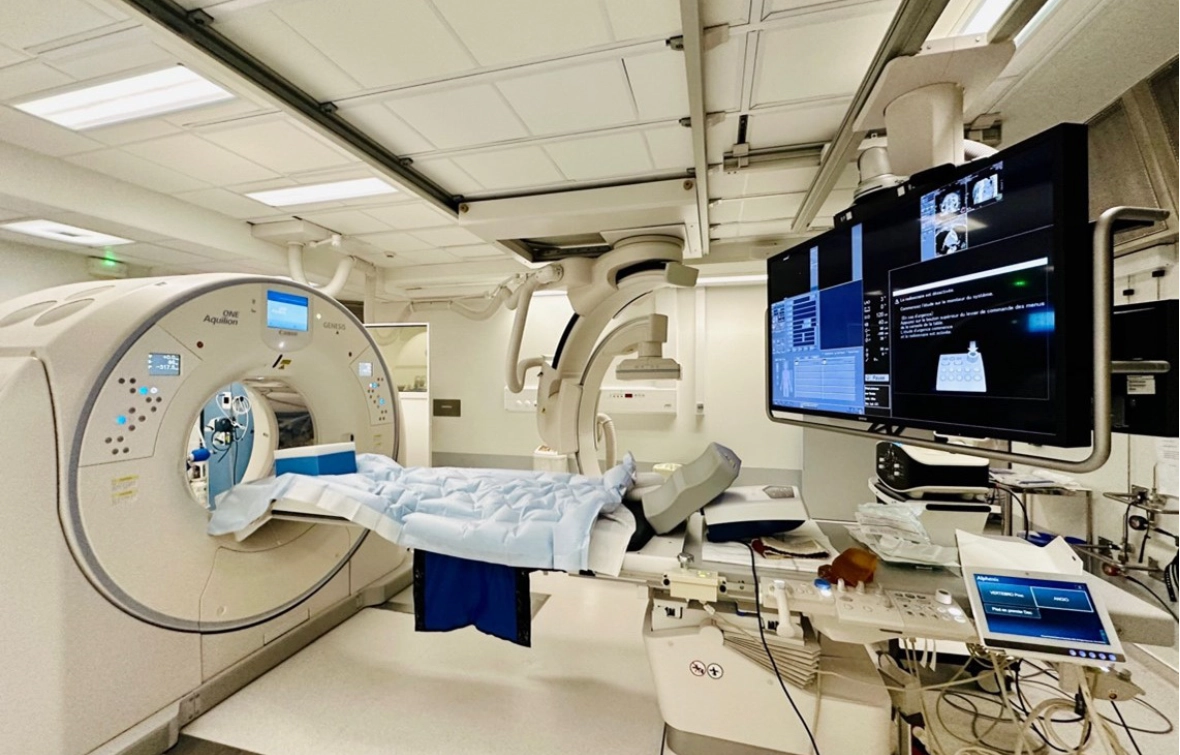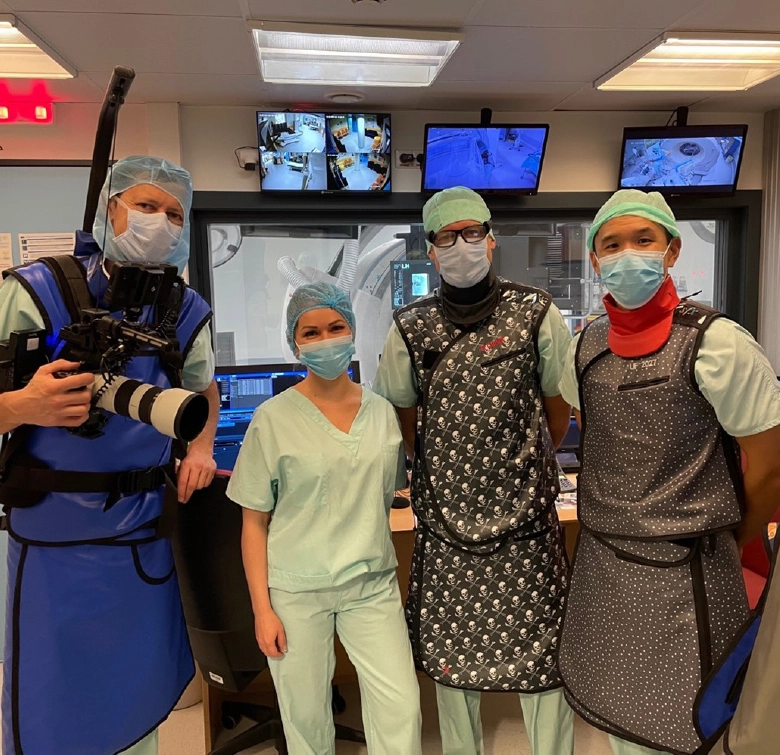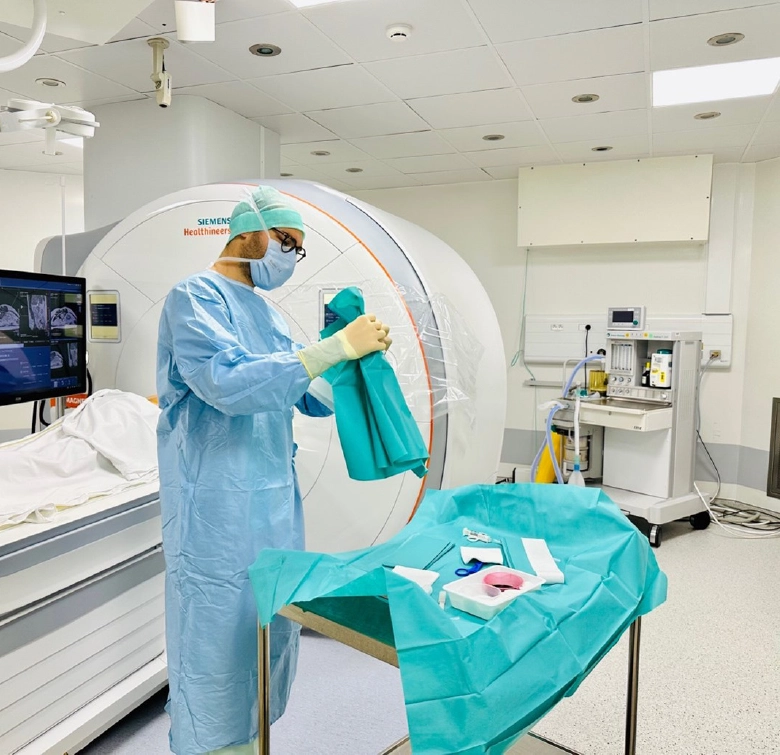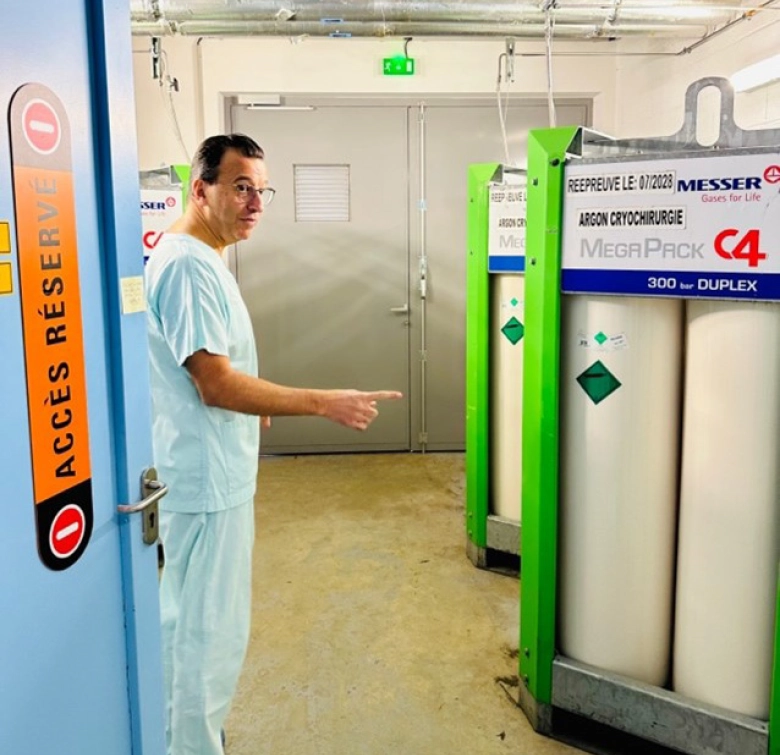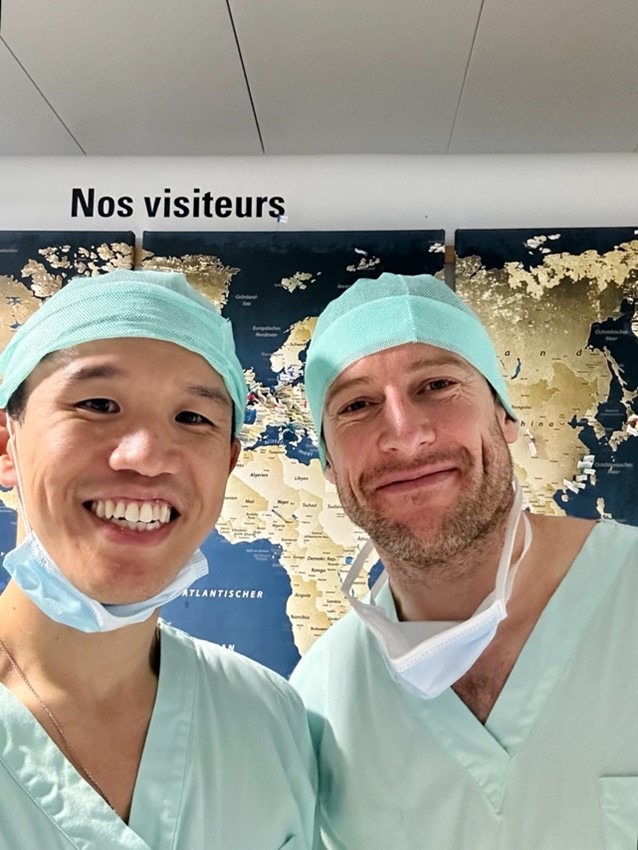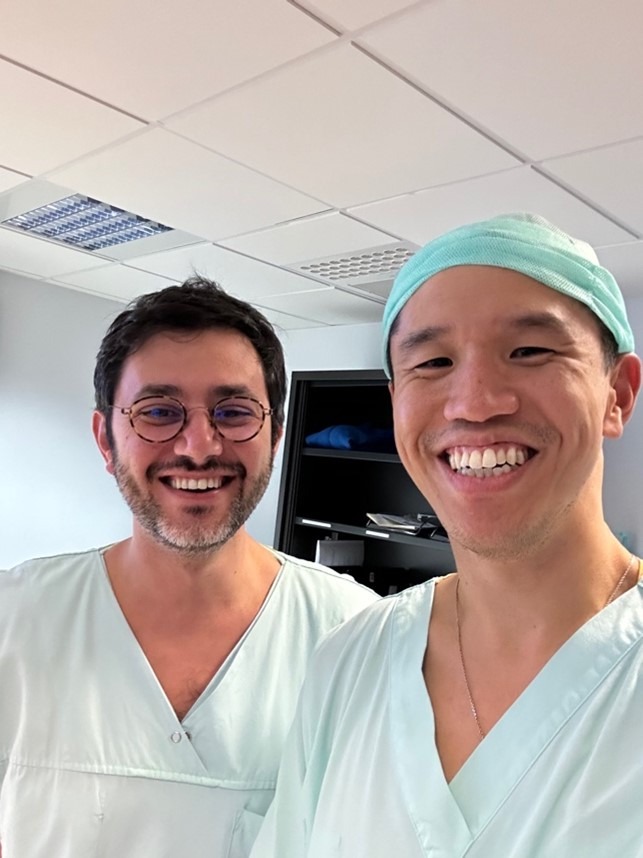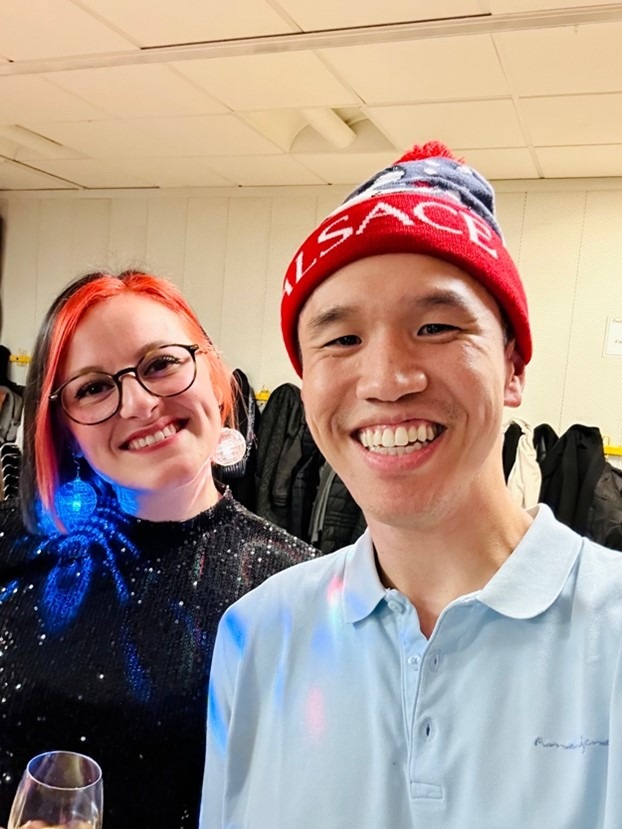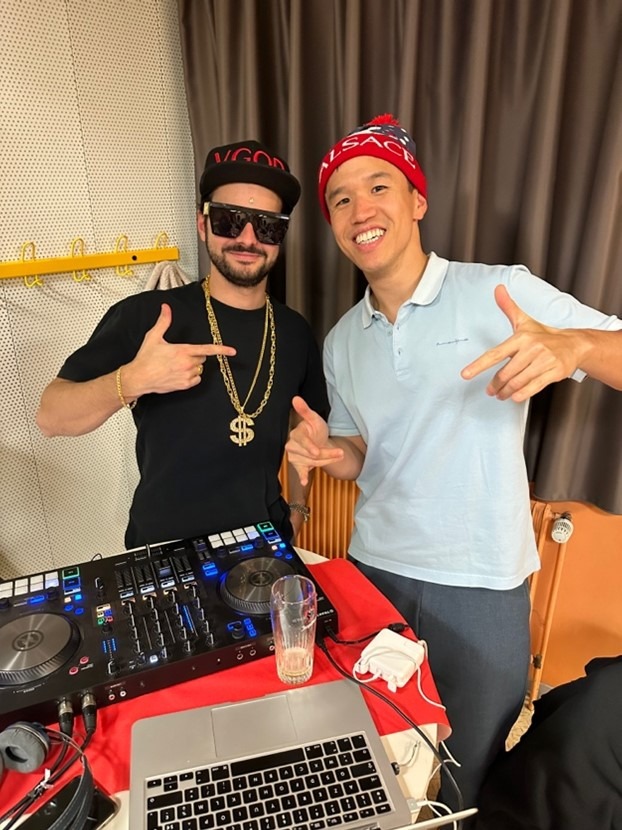Quality and safety are very important aspects in clinical care and it is encouraging to see CIRSE taking the lead to help standardise quality assurance in interventional oncology through the International Accreditation System for Interventional Oncology Service (IASIOS). Professor Gangi’s Department is the second in the world to be accredited by IASIOS. I was able to observe in first-hand how IASIOS has optimized the daily practice of IR by streamlining processes, reducing delays, and ensuring accurate patient documentation. It was also opportune that Miss Mardis Karlsdottir, the Chief Operating Officer of IASIOS, visited Professor Gangi’s Department during my time there. I had the chance to gain a deeper understanding of the accreditation process and the benefits of IASIOS, including commitment to high quality clinical IO service and promotion of patient safety.
In addition to patient care, Professor Gangi and his team are also active researchers and pioneers in innovative therapies. Together with Dr. Cazzato, I had the chance to review MR-guided transurethral ablation (TULSA) as a novel minimally invasive treatment for patients with localised prostatic cancer. Conventional treatments for these men are radical prostatectomy and external beam radiotherapy, which both carry significant treatment-related genitourinary functional complications. MR-guided TULSA utilises real-time MR imaging and thermometry to ablate prostate tissue and has been shown to improve functional outcomes whilst maintaining satisfactory oncologic control. I am very pleased that our review article on MR-guided TULSA has been accepted by the CVIR Journal and will be published soon.
I have gained so much during my one-month time attaching at Professor Gangi’s Department, not only in terms of IR-related knowledge and insights but also many friendships. Professor Gangi is a great mentor, clinician and scientist – warm, kind, caring and innovative. He is a very busy man yet he manages to find time to look after the Fellows and take care of his patients amongst many other duties. Everyone in his team is full of energy, dedicated and friendly. Despite the little French I know, they were kind enough to invite me to their departmental Christmas party which was an absolute blast. I would highly recommend any IRs with interest in developing interventional oncology services to visit Professor Gangi and his team to experience clinical IO at its best!

